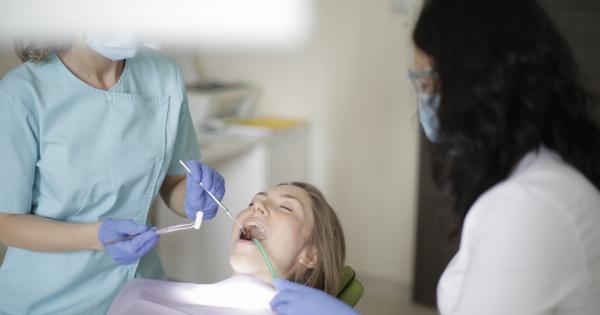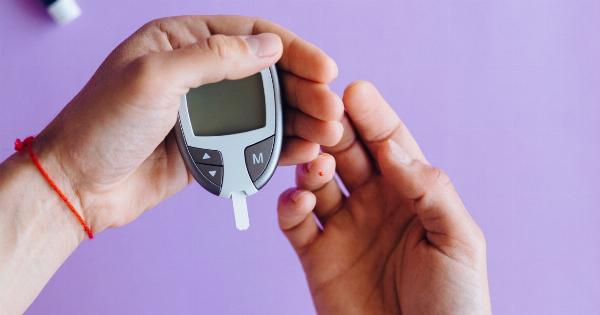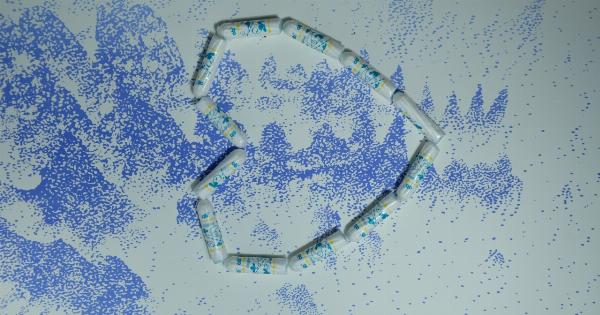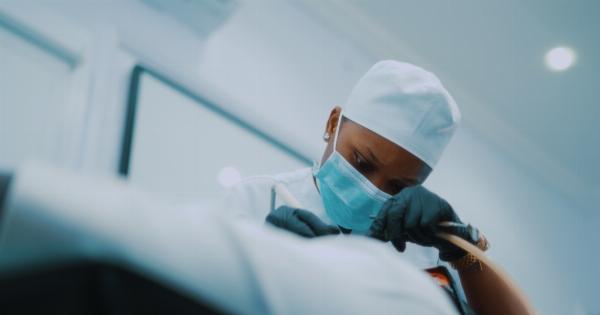Thyroidectomy is a surgical procedure that involves the removal of the thyroid gland. It is usually performed to treat thyroid disorders such as thyroid cancer, hyperthyroidism, or goiter.
Like any surgical procedure, thyroidectomy comes with potential risks and complications. However, with proper planning and execution, these complications can be minimized or even prevented. In this article, we will discuss practical tips to prevent complications in thyroidectomy.
1. Preoperative Assessment and Planning
Thorough preoperative assessment is crucial to identify any risk factors and plan the surgery accordingly.
The surgeon should evaluate the patient’s medical history, perform a physical examination, and order necessary investigations such as thyroid function tests, ultrasound, or fine-needle aspiration cytology.
2. Choosing an Experienced Surgeon
Thyroidectomy is a complex procedure that requires surgical expertise. It is vital to choose a surgeon who has substantial experience in performing thyroid surgeries.
An experienced surgeon is more likely to have a lower rate of complications and better surgical outcomes.
3. Adequate Patient Preparation
Prior to the surgery, patients should be adequately prepared. This includes information about the procedure, expected outcomes, and potential complications. Patients should also be educated about postoperative care and follow-up.
An informed patient is more likely to comply with instructions and contribute to a successful recovery.
4. Intraoperative Monitoring and Techniques
During thyroidectomy, continuous monitoring of vital signs such as blood pressure, heart rate, and oxygen levels is essential to detect any intraoperative complications promptly.
The use of intraoperative nerve monitoring can also aid in the identification and preservation of the recurrent laryngeal nerve, reducing the risk of vocal cord palsy.
5. Identification and Preservation of Critical Structures
Thyroidectomy involves careful identification and preservation of critical structures such as the parathyroid glands and recurrent laryngeal nerves.
The surgeon should have a thorough knowledge of the anatomy to avoid unintentional damage to these structures. Visualization techniques and magnification tools can assist in the precise identification and preservation of critical structures.
6. Hemostasis
Proper hemostasis is crucial to prevent postoperative bleeding. The surgeon should meticulously control bleeding during the procedure using techniques such as electrocautery, ligatures, or surgical clips.
Care should be taken to avoid excessive dissection or manipulation of blood vessels to minimize the risk of bleeding complications.
7. Use of Drainage
In certain cases, the placement of a drain after thyroidectomy may help prevent the accumulation of fluid in the surgical site, reducing the risk of hematoma formation.
However, the decision to use a drain should be based on the surgeon’s judgment, taking into consideration the patient’s specific situation and the extent of the surgery.
8. Postoperative Care and Follow-Up
The postoperative period is crucial for the prevention of complications. Patients should receive clear instructions regarding wound care, pain management, and signs of potential complications such as infection, bleeding, or difficulty in breathing.
Regular follow-up visits should be scheduled to monitor the patient’s recovery and address any concerns.
9. Thyroid Hormone Replacement
Since thyroidectomy involves the complete or partial removal of the thyroid gland, patients will require lifelong thyroid hormone replacement therapy.
Adequate replacement therapy is essential to maintain normal thyroid hormone levels and prevent complications related to hypothyroidism.
10. Continuous Professional Development
Surgeons should engage in continuous professional development activities to stay updated with the latest advancements and techniques in thyroidectomy.
This includes attending conferences, participating in workshops, and staying actively involved in research and educational activities. Continuous learning helps surgeons refine their skills and improve patient outcomes.




























